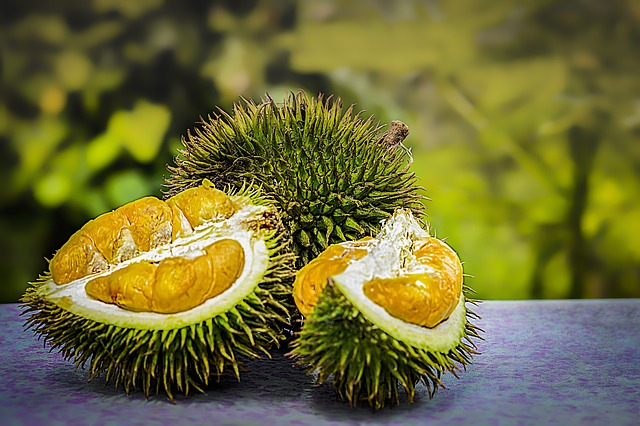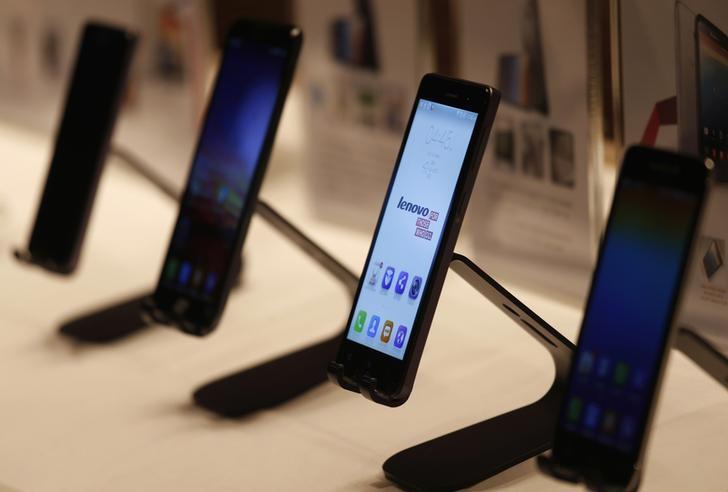A husked tree fruit from Southeast Asia, called durian doesn't smell good even though it tastes sweet. But an amazing fact about this family member of jackfruit could be the key ingredients in a cutting-edge approach to lightning-fast electric charging for your smartphone.
Vincent G Gomes, an associate professor at the University of Sydney and co-author of a new scientific paper revealed this theory is possible in real life as he described the new method for the extraction of durian and jackfruit organic waste for more efficient, ultra-quick electric chargers.
Charger from fruit waste: New research
In the scientific paper, published in February which featured in the Journal of Energy Storage, showed the never imagined technology could be real. The author of the study, Gomes and his team have found a process through which they can turn the guts of the fruit into supercapacitors which can store huge amount of energy that is required to charge an iPhone or even Tesla device.
In the paper, the researchers revealed that "The structural precision of natural biomass with their hierarchical pores, developed over millions of years of biological evolution, affords an outstanding resource as a template for the synthesis of carbon-based materials."
In addition, they stated that the integrated properties of high surface area, in-plane conductivity and interfacial active sites can ease electrochemical reactions, ionic diffusion and high charge carrier density.
The supercapacitors

The team of scientists mentioned in the paper that the since the climate change became a threat and world is losing the fossil fuels rapidly, manufacturers are developing energy storage devices, called as supercapacitors with high energy density to promote the rapid energy capture capacity and the delivery.
Gomes and his fellow scientists specifically discussed electrochemical supercapacitors or the electrical double layer capacitor which are for maximum energy storage for application from the portable medical devices to batteries used in transportation. It should be mentioned that one of the supercapacitors, just like ones created from durian fruit, have superior ability to maintain consistent abilities of cycling, which is actually a process of fully charging and draining a battery.
The adoption of supercapacitors

Since the supercapacitors, which are constructed with two metal foils that are each coated with an electrode material, is quite costly, Gomes and the team have turned to relatively inexpensive biowaste from the jackfruit and the durian.
While considering the environmental factors caused by the batteries, Gomes's work is the idea for shifting the typical lithium-ion batteries to supercapacitors. While the batteries have two electrodes, separated by an electrolyte, supercapacitors use static electricity rather than chemical energy to store energy.
In terms of charging these new supercapacitors, an electrical charge builds up inside as the negative and positive charges build up on the metal plates inside the capacitor. These capacitors don't contain toxic metals and they can be recharged pretty much infinitely. The researchers also mentioned that "Converting food wastes into value-added products will not only improve the overall economy but also reduce environmental pollution."








